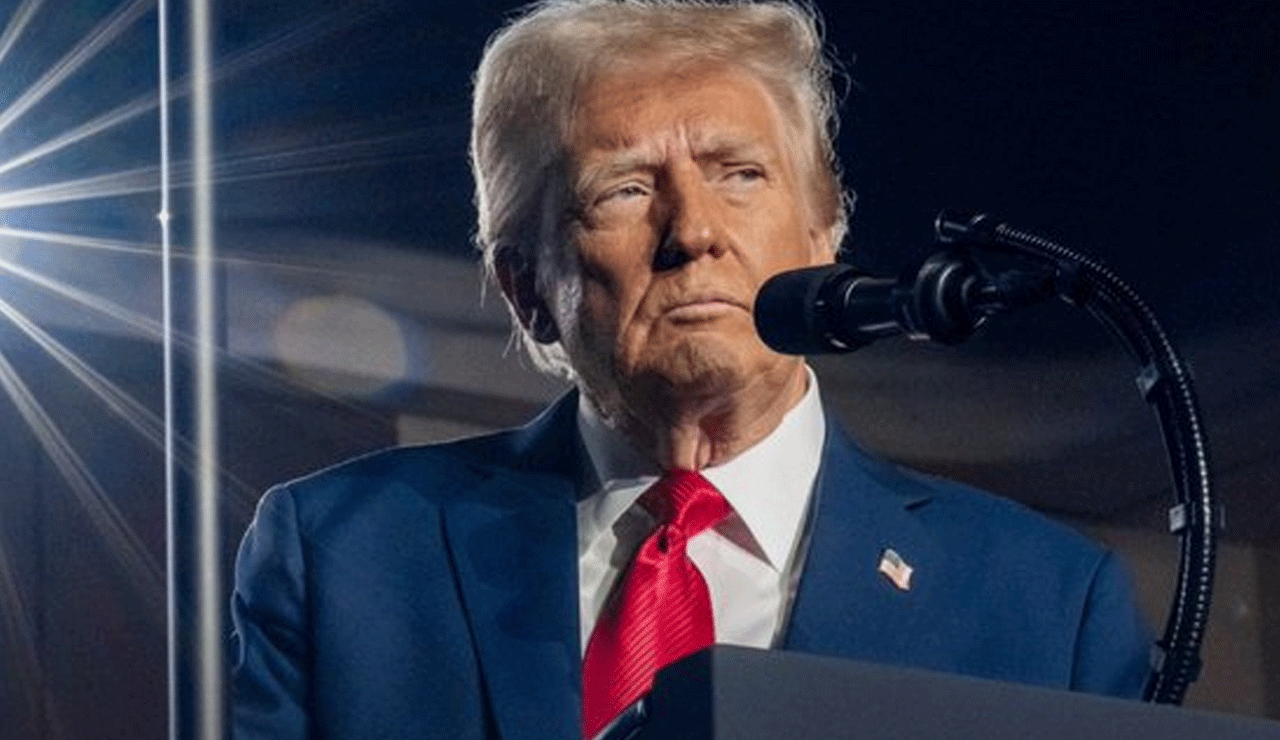
In a bold move that escalates the ongoing trade dispute between the United States and China, the Trump administration has announced a new tariff of up to 245% on goods imported from China.
Table of Contents
The announcement, made via a fact sheet released by the White House late Tuesday, comes in direct response to China’s recent imposition of export limits and retaliatory tariffs on American products.
White House Cites Unfair Trade Practices and National Security Concerns
The administration stated that the extraordinary tariff hike is meant to counter “unfair trade practices” and protect American industries. Officials cited national security risks and long-standing concerns about intellectual property theft, forced technology transfers, and unfair subsidies to Chinese exporters.
“This action reaffirms our commitment to level the playing field and protect American workers,” the White House statement read.
Tariffs Expected to Impact Electronics, Machinery, and Consumer Goods
While the fact sheet did not provide a full list of affected items, insiders say the tariffs are likely to target sectors such as electronics, machinery, steel, and consumer goods—areas where the U.S. has significant trade deficits with China. The steep rates may significantly raise prices for American consumers and businesses that rely on imported components.
China Likely to Retaliate, Experts Warn of Global Economic Fallout
Trade analysts and economists have warned that this aggressive move could trigger a new wave of retaliatory tariffs from China, potentially affecting U.S. agricultural products, automotive exports, and high-tech goods. The move has also sparked concern among global investors, who fear disruption to global supply chains and increasing inflationary pressure.
What’s Next in the US-China Trade War?
With tensions at a boiling point, diplomatic talks between Washington and Beijing are expected to resume in the coming weeks. However, the sharp tariff hike may complicate negotiations and further widen the rift between the two economic superpowers.
For now, all eyes are on Beijing’s response, which will likely shape the next chapter in the U.S.-China trade war.
